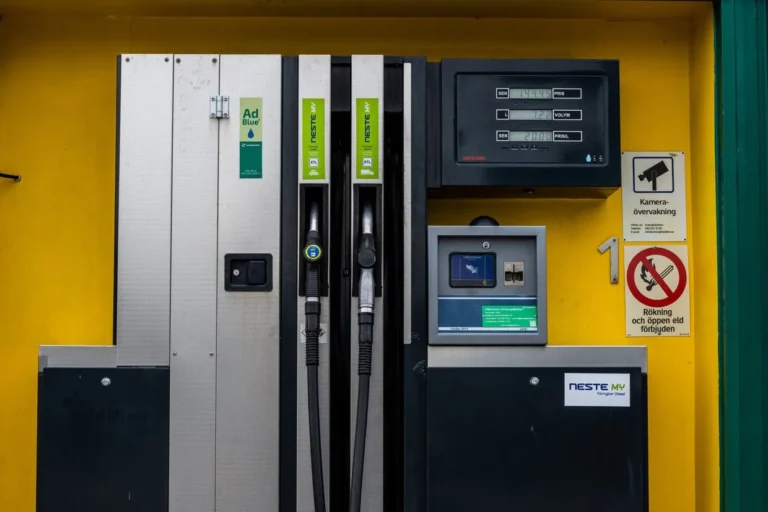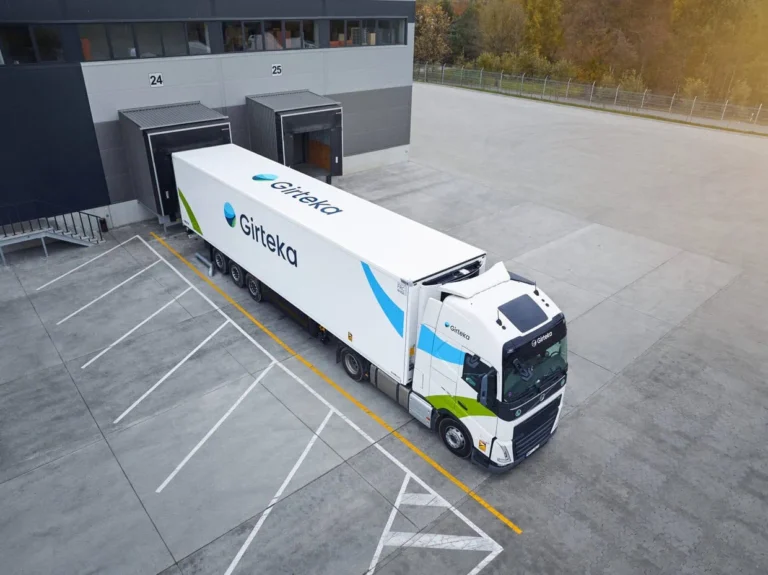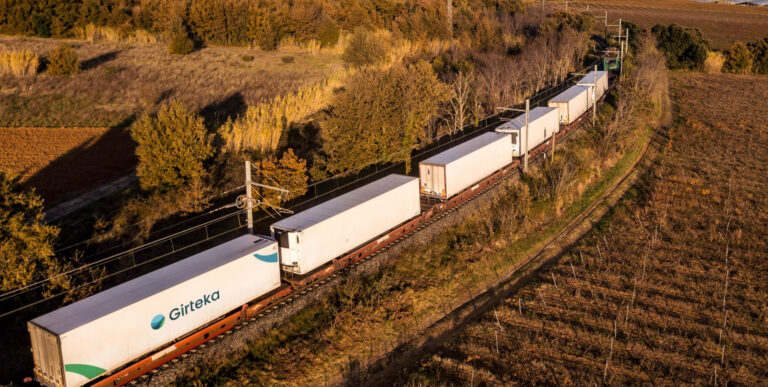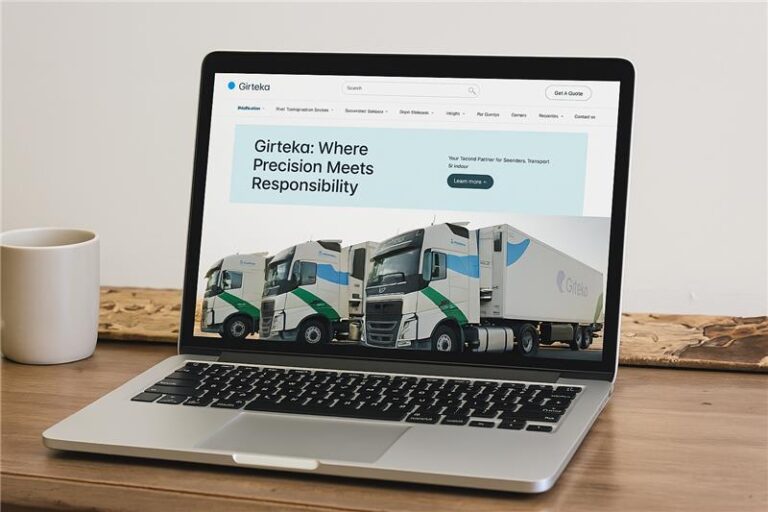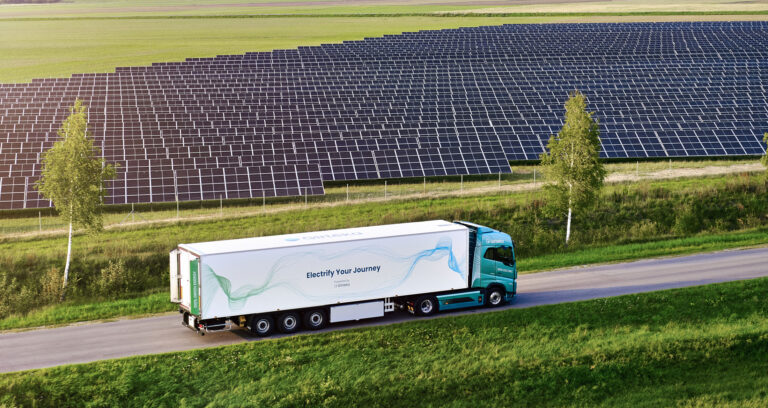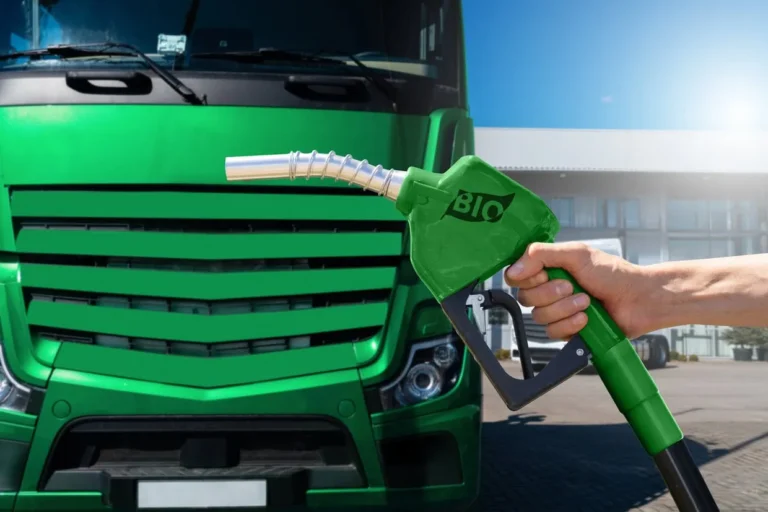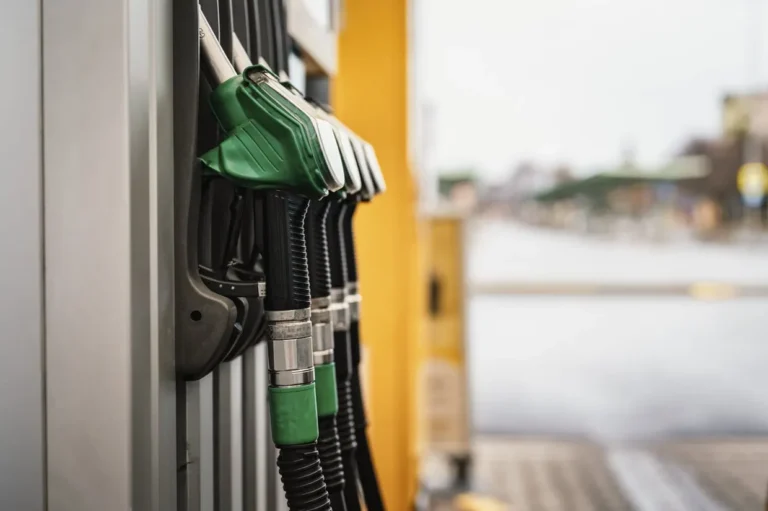Tips on reducing fuel consumption when driving uphill:
When entering the roundabouts, plan well in advance. While rolling where you can be slowed down by other vehicles crossing your lane, keep the minimum engine load and minimize the use of brakes.2. Use brakes as little as possible, but remember safety
Use professional orientation skills. Roll to the traffic light. Take advantage of the terrain to make the least effort for moving. Combine a steady speed system and rolling in a smooth or slightly hilly area. This will keep the engine load as low as possible and move on to save fuel.
3. Speeding
Obviously, driving uphill requires higher speed and power, but the best time to select speed is before reaching the top of the slope – while still on the plain. If you notice that you are approaching a slope, increase the speed to reach it with the largest inertia of the truck.
4. Do not engage lower gear
When you start uphill, use the engine efficiently and drive at the highest possible gear. Try to maintain the right speed, but try not to press the accelerator.
5. Override the peak
When you reach the peak of a hill, release the accelerator and let the truck’s weight and inertia push you. You will feel tempted to speed up, but it is much more efficient to let the truck roll.
6. Go as far as possible
The heavier the truck, the more weight you have – you can use it to move forward. Take the slope down to take advantage of its weight and let the truck roll as far as possible. Just press the accelerator as soon as you feel the truck’s speed is decreasing. Try it the next time you go downhill. You’ll be amazed at how far you can drive without using an engine.
7. Rolling downhill
When going down the hill, inertia should move the truck forward naturally. Take advantage of this to gain speed, moreover, the truck almost does not use fuel at that time. However, watch the road ahead and plan for possible obstacles. If you notice a curve of the road, the speed can be lowered earlier instead of waiting and getting close to braking sharp.

